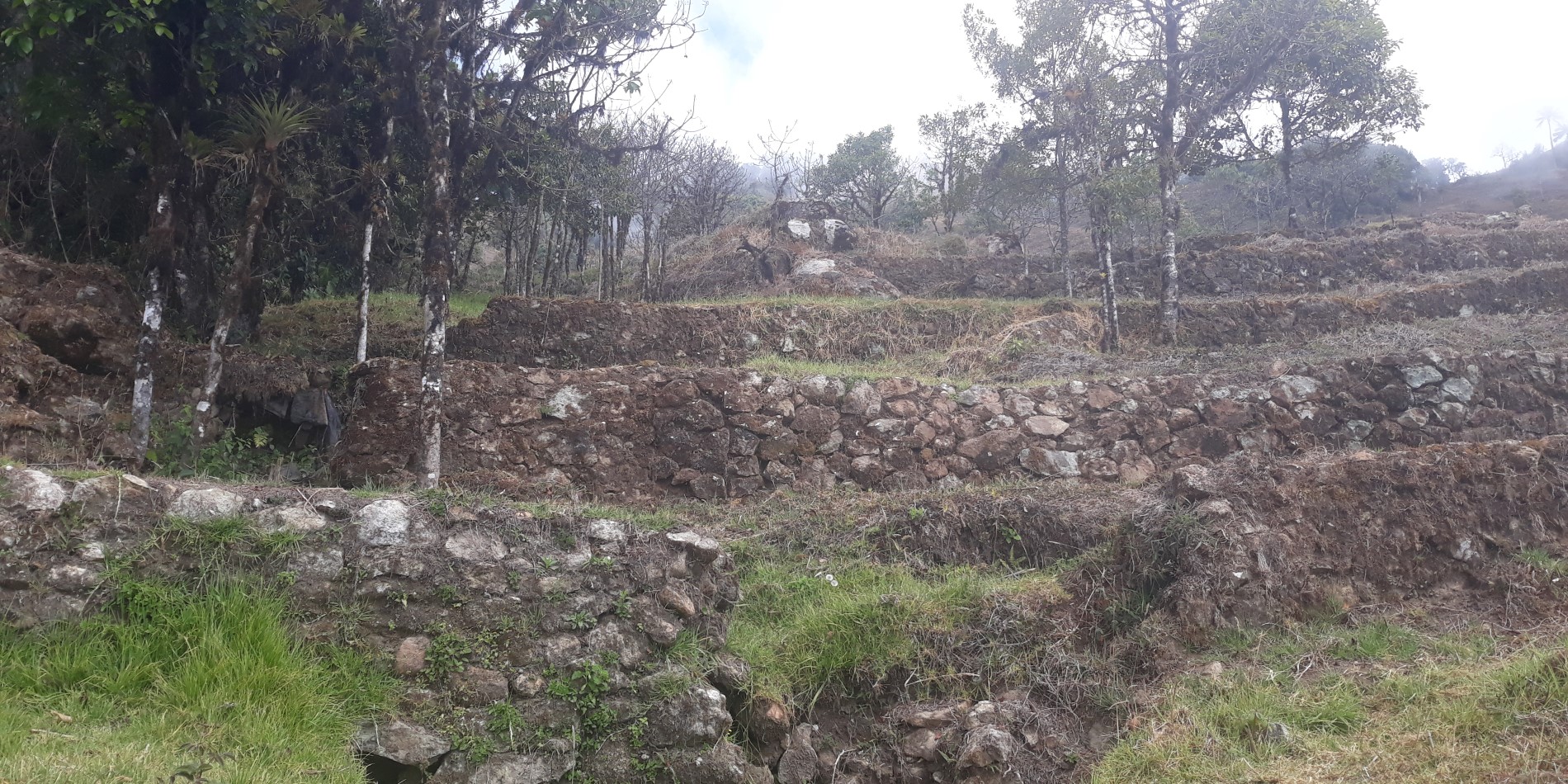
Yacuviña Archeological Site
Visit this residential complex, mostly made with Inca stones, matching the Integration period and the Inca. It has large terraces, stairways, and a water fountain known as the ‘Inca bath’. Relive moments of those Ecuadorian native communities, breathe fresh air, and relax in their landscapes.
- Walk through the Inca stone trails and discover part of the history of the residential complex from the Integration and Inca periods.
- Featured talk by archeologist Robert T. Marcom, who is part of the archeology team that has made important findings at the complex.
- Breathe fresh air and enjoy the beautiful landscapes of this hidden area.
- Admire the music and dance of the folk group from the local community.
-
Difficulty level
Level 3: Active - good mobility needed
-
Duration
6h30
-
Max. passengers
90
-
Booking Code
A-PBO4
-
From
$ 292
-
Notices
Lightweight clothing, including long pants and a long-sleeved shirt. Shirts, outdoors pants, hiking shoes, cap or hat Insect repellent is highly recommended during the rainy season (December to April).
We begin our experience in Machala, the banana capital of Ecuador, moving quickly from a coastal landscape to the Orense Andes. During our tour of approximately 2 hours, we will observe a change in the vegetation and crops between these two ecosystems (coast and Andes). The Yacuviña archeological complex is located in the Atahualpa canton, in the province of El Oro. The name of the archeological site is composed of two Quichua words: Yacu, which means ‘water’ or ‘river’, and Viña, which would be equivalent to ‘forever’. Thus, Yacuviña can be translated as ‘Eternal Water’. The name emphasizes one of the greatest attributes of the area: springs and underground streams.
According to archeologists, Yacuviña was an Inca city. In recent years, it was discovered that the Incas, a warrior people, did not conquer this sector, but instead made it a special place to enjoy a relaxed bath, free of their conflicts in the north of Ecuador, since the settlements in this part of Ecuador housed very peaceful cultures. Thus, they lived an environment that was harmonious with nature and its neighbors, the Montubios and Tumbes, until the arrival of the Spanish.
The place is made up of three natural terraces and stone bleachers, like Machu Picchu. It may have served as a shrine to the sun. The archeological structures stretch approximately 1 mile.
At the Yacuviña Archeological Center, archaeologist Robert T. Marcom will give a masterful talk0 Marcom is part of the archaeology team that has made important findings in this complex. Then, we will walk along a path where we can observe the dwarf trees and wooded formations that have grown on rocks of 8 and 15 meters high, before reaching the ruins in the middle of the native vegetation of the high montane forest.
At the end of the walk, enjoy of a light gourmet lunch prepared with local ingredients cultivated at the local organic farm. While you eat, you can observe the beautiful landscape offered at the viewpoint of this complex.
Take your time to admire the local handicrafts that will be displayed at a small fair.
Optional - Music and dance by a local folk group - The Ayapamba Parish Folk Dance Group was established in 2019 after the villagers saw a need to rescue the ancestral rhythms and dances of indigenous, Afro-Ecuadorian, Montubio, and mestizo villagers. The group consists of 20 people, all teenagers between 11 and 17 years old. Their daily efforts try to keep the memory, customs, and cultural traditions of the societies of this area alive.
Afterward, you will board your vehicle and return to the port.
*Due to heavy archeological work and the need to restrict the number of guests, this complex will open upon special request, exclusively to Hurtigruten guests, given their VIP status.
Practical information:
-
Language: English.
-
Included: Light lunch
-
Remarks/requirements: Lightweight clothing, including long pants and a long-sleeved shirt, hiking shoes, cap or hat Insect repellent is highly recommended during the rainy season (December to April).
-
Walking information: 1 mile. Terrain: Uneven and wide trails made of dirt and rock, with a 20 degree incline and 50 steps to climb up and down. Guests can easily turn around and head back to the Interpretation Center.
-
Wheelchair accessible: No.